A Camera Enters the Mind’s Eye: In Conversation with Vijay Sarathy
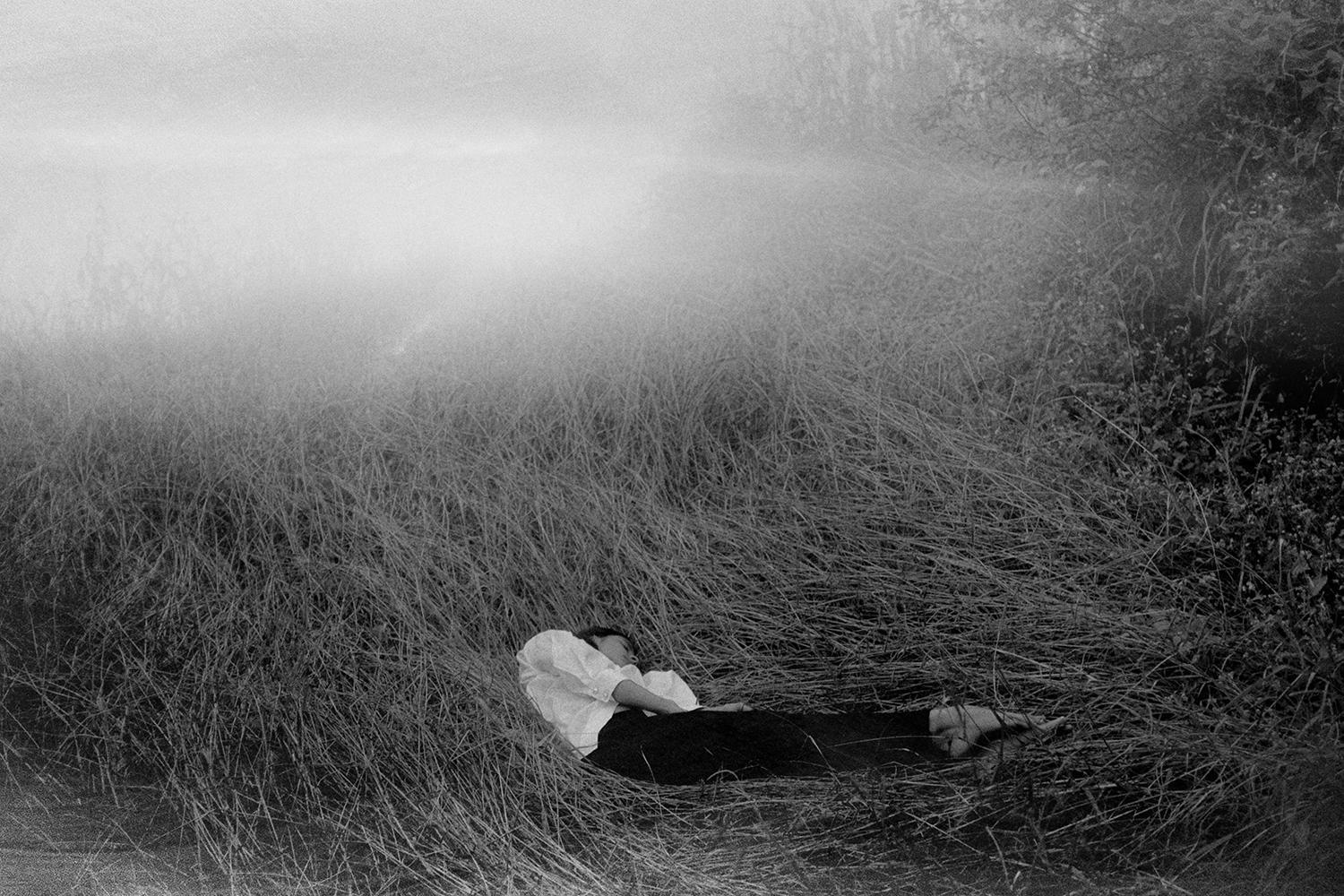
will you, return me (2022).
With his mirrorless camera and an ever-evolving imagination, Vijay Sarathy visualises the dynamic between the innermost layers of human consciousness and their natural surroundings. In presenting this dynamic, Sarathy has relearned that there is a forgotten lack of boundaries between the two—much like his work, which eliminates the boundaries between a camera and the mind’s eye. In this edited conversation, the photographer and visual artist discusses his journey and how the medium allowed him to become a conservator of natural memories. While the dynamic between humans and the environment undergoes rapid and unprecedented changes, Sarathy's photographs are a reminder of the core and purity of their connection.
Radhika Sharma (RS): How did your journey with photography begin? Is there any element in your work that reflects this journey vividly?
Vijay Sarathy (VS): I started with my smartphone camera back in 2017. I knew quite early on that I did not want to use the camera as a traditional storytelling device. I was always interested in chronicling the emotional undercurrents of the human experience—the feelings, atmospheres, half-tones and discolourations that we move through, which are, in some sense, incommunicable. I wanted to build a vocabulary for them.
Initially, it was just shots of Chennai that were fairly straightforward and boring. I struggled at the time to find a more emotive language. Things changed when a spontaneous trip to the Himalayas ended up catalysing a full-scale move there—nature proved to be, in some loving encounters, the perfect thread that I could pull at to unravel the tapestry of my being. What I am searching for in my work is enigmatic, even to me. I am deeply interested in the inner life, the journey of the spirit and the feeling that my whole life will be an attempt at articulating its contours.
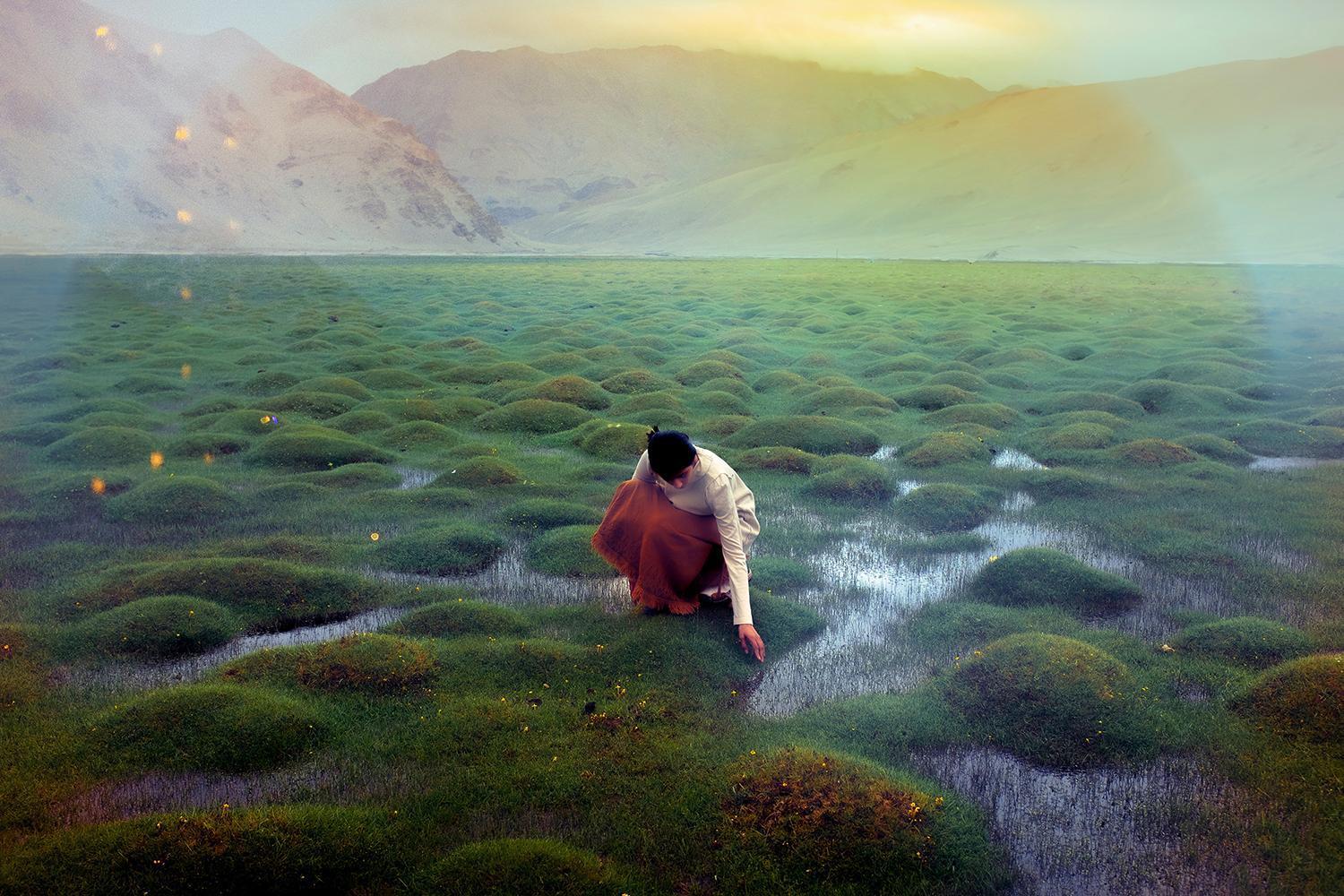
the womb (2022).
RS: Do your works attempt to build a narrative or do you exhibit your perspectives independently?
VS: The photographs stand alone but come from the same garden. I hope people get a sense of this entire garden when they look at my work—of this wild, flowering world and the deep mysteries we are fortunate to share space with.
I am trying to make people fall in love with nature a little more. It has been a space of euphoric reclamation for me—for renewal and hope, even amidst the sixth mass extinction. In this sordid time, my goal is to pass on the same feeling and make people remember that they are part of an ancient and profoundly beautiful story of renewal surrounding nature. And perhaps, in this manner, they can revive their innate bond with it.
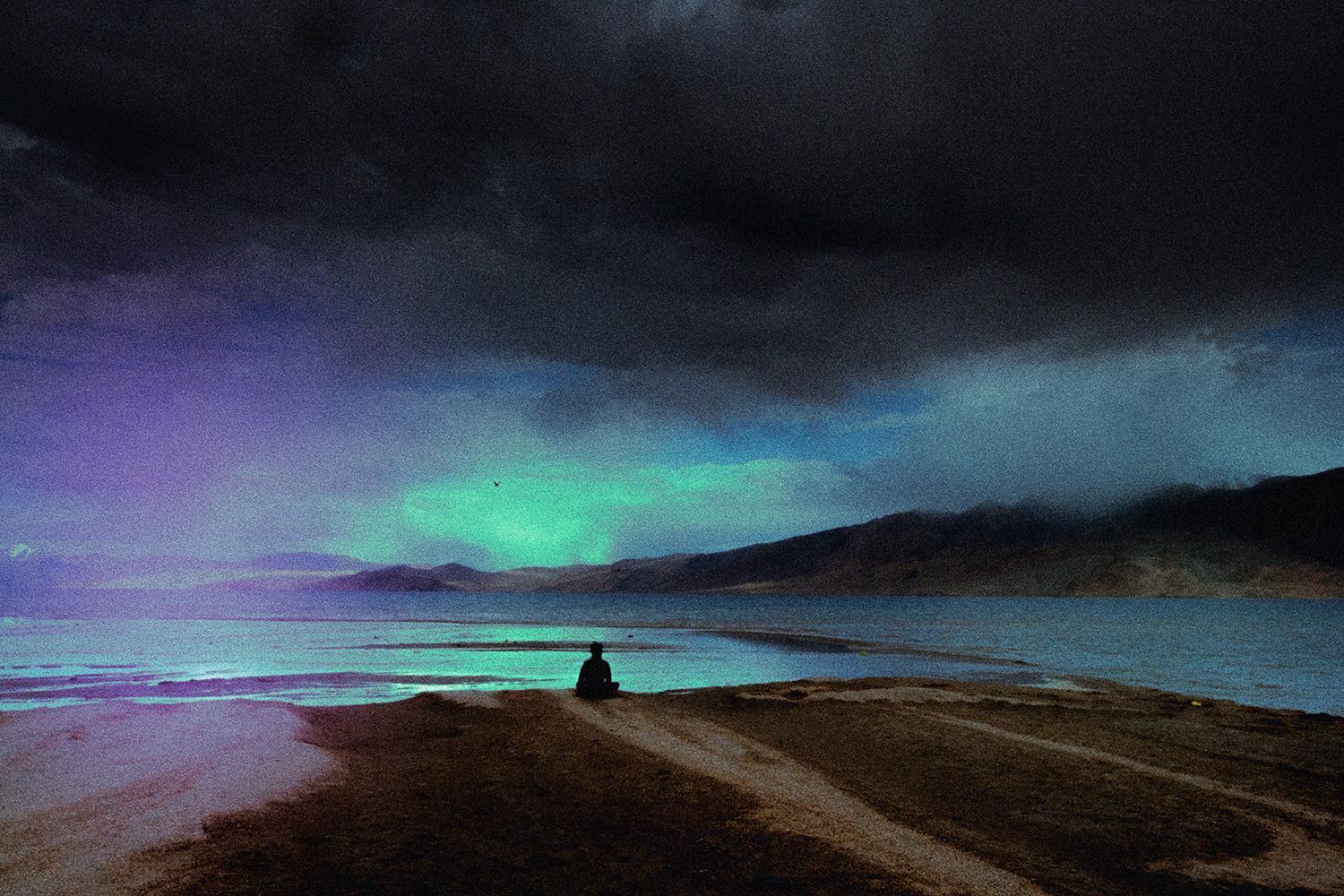
let the forgetting begin (2023).
RS: Which artists have inspired your understanding of photography, and how?
VS: I have always admired the works of pictorialists like Julia Margaret Cameron, Alfred Stieglitz and Edward Steichen. They were rebels who broke away from the norm and brought emotional immediacy to the medium. My first thought upon coming across their work was, “This is me. This is what I want to do.”
Contemporary photographers like Margaret Durow, Rema Chaudhary and Jack Davison have also influenced my practice. They made me understand that the camera could be a wonderful tool for self-enquiry—it could be used to draw out and reimagine the reclusive self.
However, the photographer who inspired me the most remains my mother, who made several images of my childhood on her Kodak camera while we were living in the Seychelles. She captured the feeling of freedom in the beach landscapes—the atmosphere of which has always stayed with me.
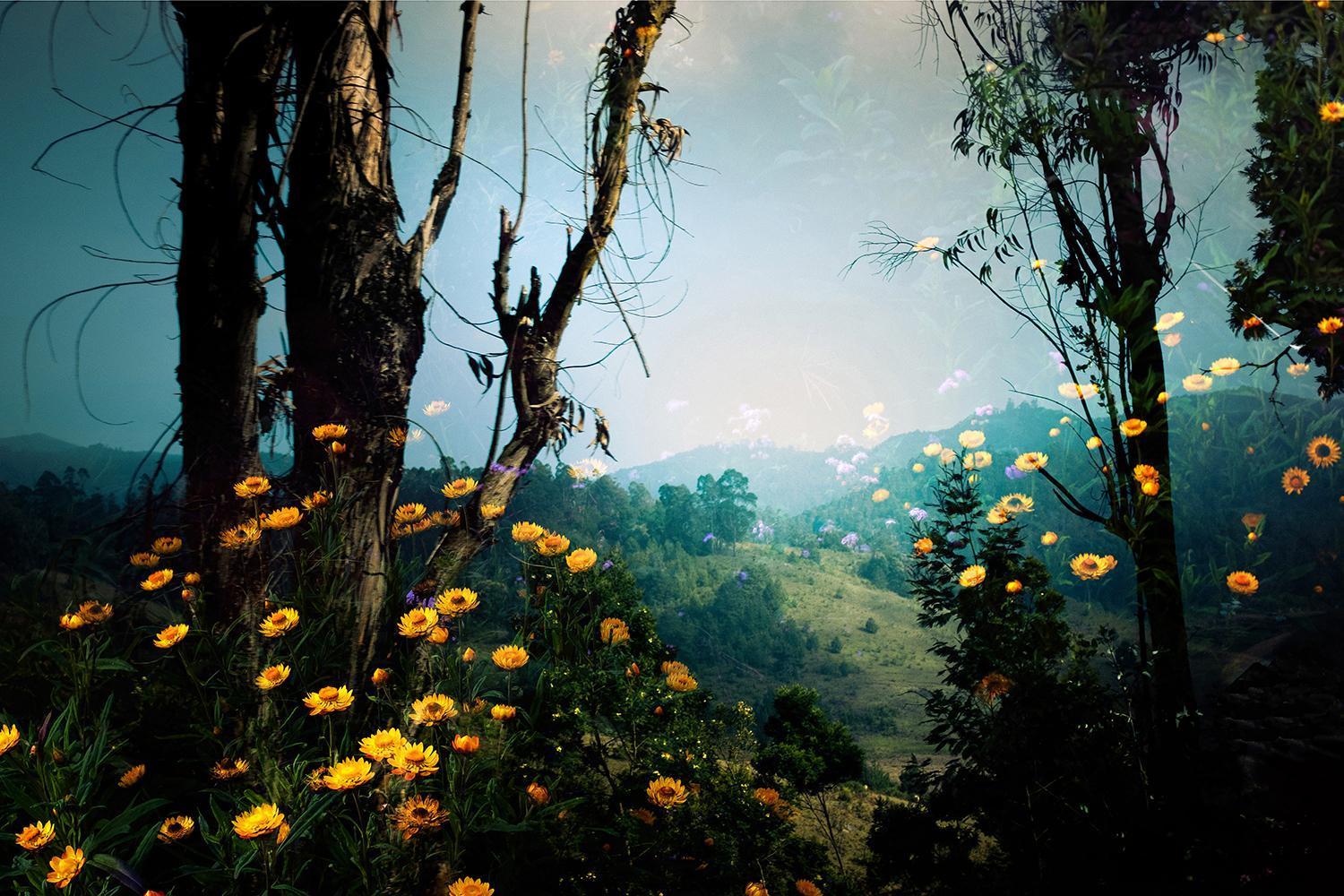
on the nature of transience (2021).
RS: To what extent does your imagination depend on the equipment you use to produce your work?
VS: The camera and equipment do matter, but not as much as people are led to believe. Photography, in my opinion, is a way of making sense of the world through images that occur in the eye, the mind and the soul.
I was lucky to be constrained in terms of gear, and I still use the same pocket mirrorless camera that I started with. I believe that it is the inner eye that perceives best, and the only role of the camera is to crystallise the image and give it form. The true work of the artist is the nourishing of the imagination.
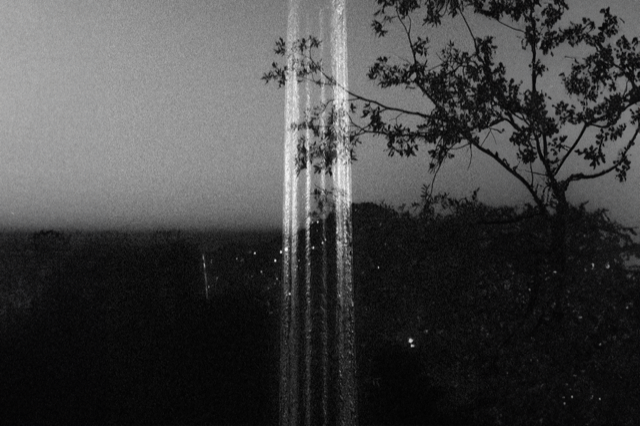
alien observer (From the series “the anatomy of memory”, 2019).
RS: Some of your works, like the series the anatomy of memory (2019), deploy formal qualities resembling an earlier period or the technological materiality of photography, such as a developed but slightly blemished film reel or even a hand-coloured frame. Is your practice also inspired by a historical overview of photography and its devices?
VS: I do not think I am drawing too directly from any historical photographic processes, but I am drawn to adding imperfections to my photographs to make them feel more intimate and specific. I like imperfection because it brings in a certain emotive quality to the work, so I go out of my way to add grain, light leaks, or flares—things that make for a technically “poor” photograph. I think it comes from really being drawn to the analogue process early on and how the texture that is baked into the medium also adds so much gravity to the work.
RS: The vision realised in your work often involves a preoccupation with superimposition. How do you include what appears to be the fusion of human and non-human worlds as well as an other-worldly imagination in the same image?
VS: I find that double exposures are fascinating—it feels like you are almost opening a world within the frame. I want to get away from a realistic and factual representation of life—I think that is the dominant representation of the world and it feels trite at this point. What is more challenging for me is to visualise the undercurrent of life—the formless dream river that I sense to be running underneath, which feels more real than reality itself. Double exposures help me achieve this because it is a good way to make “illogical” photographs—to strip a subject from how it is conventionally understood and to push it towards a truer, more subtle reimagining.
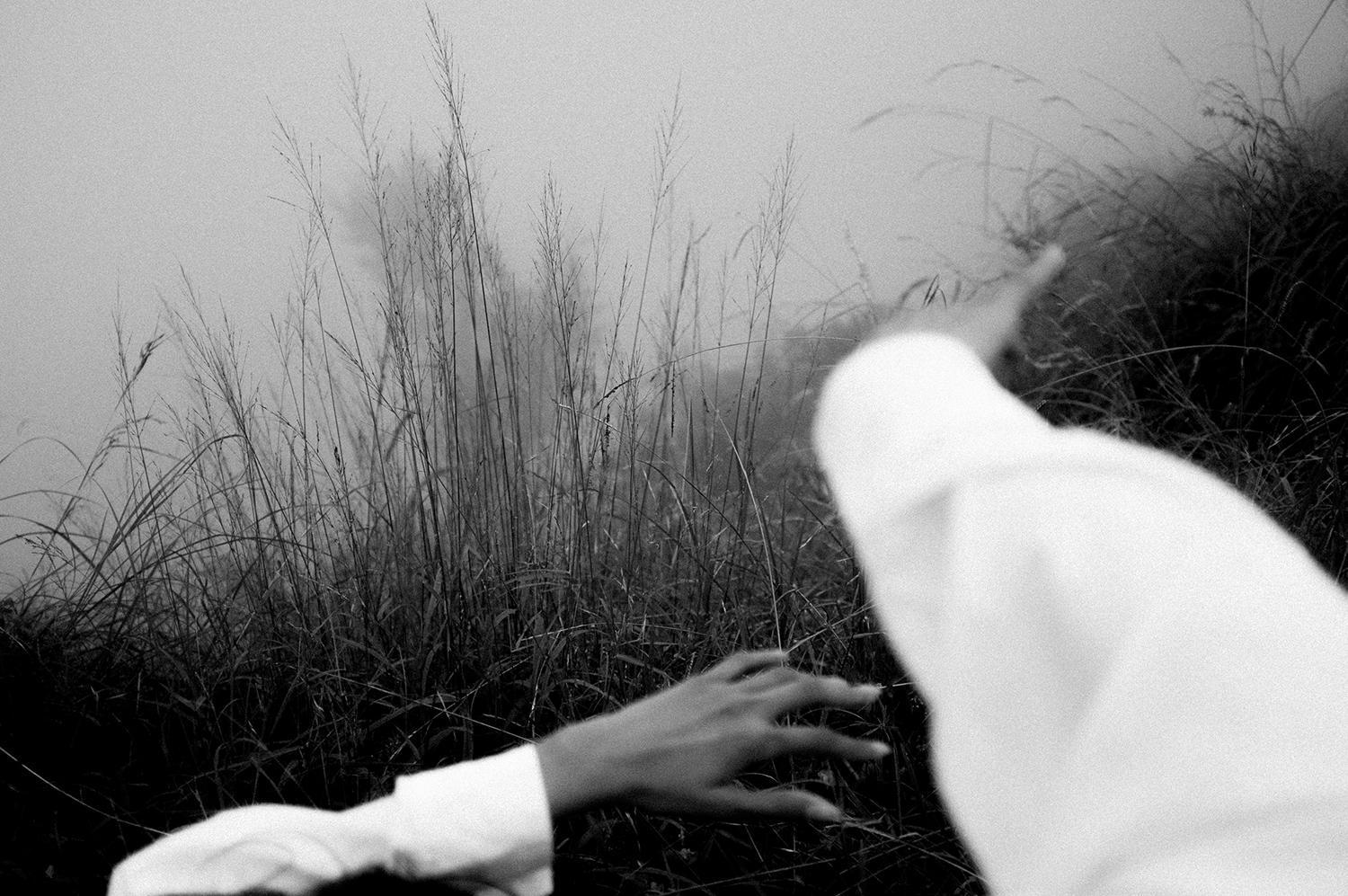
the feral unconscious (2022).
To read more about artists who have explored the environment through the lenses of experience and conservation, revisit Najrin Islam’s conversation with photographer Rahul Sharma and Ankan Kazi’s reflection on Vipin Vijay’s film, Anthropocene Relooked (2018).
All works by Vijay Sarathy. Images courtesy of the artist.




